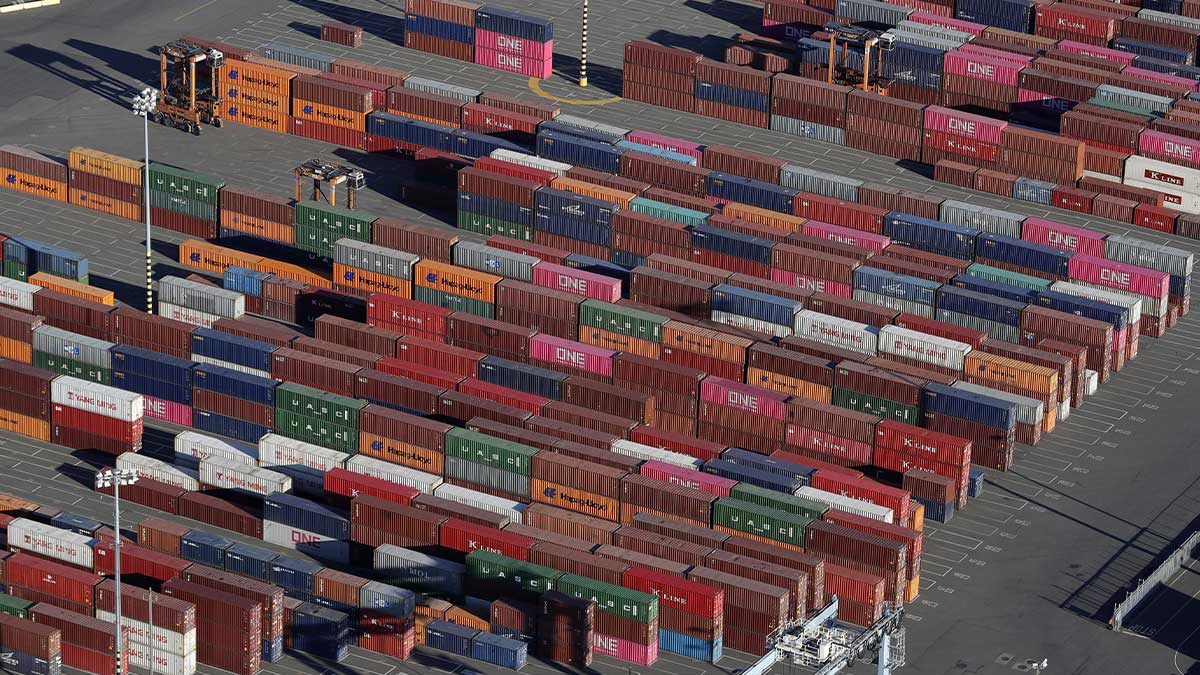During the month of August, the trade gap widened 133 percent to $4.05 billion against $1.740 billion during the same month, last year.
This is a very high ratio but it is expected that the government would be in a position to bear it due to an increase in foreign remittances, growth in the exports, and Roshan Digital Account. The analysts are of the opinion that the import bill is likely to touch $10 billion by the end of the current fiscal year.
Moreover, in FY18, the trade deficit was $37.7 billion, perhaps the highest in the history of the country but due to the appropriate measures of government, it came down to $31.8 billion in FY19 and $23.183 billion in FY20 but in FY21, it again moved high and touched the figure of $30.796 billion in FY21.
Read more: Pakistan trade deficit widened to a record $3.058 billion in July
Although the exports of the country are increasing, imports are rising even at a higher rate since December, last year which is causing the widening of the trade gap.
During the second month of this fiscal year, the import bill increased by 89.9 percent to $6.313 billion as compared to $3.324 billion during the same month, last year. During the last fiscal year, the import bill increased by 25.8 percent to 56.091 percent as compared to $44.574 billion in 2019-20.
Abdul Razak Dawood, the Advisor to the Prime Minister on Investment and Commerce commented that the government is analyzing the situation but the things are not bad as “this is a positive sign for the economy.”
He said that the maximum of the imports consist of raw materials and capital goods as the industry is working with its full capacity. He said that according to the report of SBP, about 628 businesses had taken concessionary bank loans, amounting to Rs 435.7 billion for the establishment of new businesses or enhancing the level of existing ones.





















